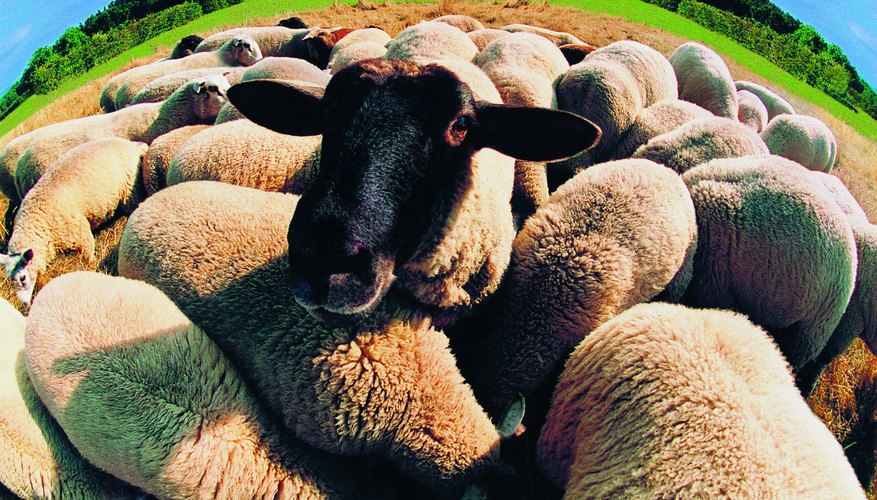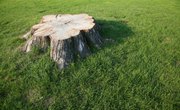
Technology and sheep shearing haven't been good friends. For hundreds of years, the same simple tool has been used in shearing sheds throughout the world. When electricity came along and the electric clippers were invented, shearing took a leap forward, but the tools have remained essentially the same since that time, with some farmers still preferring the same style of hand shears their forefathers used.
Hand Shears
For hundreds of years, before electricity and mechanical shearers came along, hand shears were used to clip sheep. Many shearers still use hand shears and prefer them to electric versions. Hand shears look almost like a large pair of scissors, but instead of the blades crossing in a scissoring action, they are connected by a loop at the top. The connection creates a spring-like action, so they open automatically and must be pushed closed. Only one blade is moved during shearing, however, and the other is left stationary to give a clean cut.
Electric Shears
Electric shears are similar to hair clippers used on humans. They consist of a small handheld electric motor, cutting blade and guard or comb. These modern shears typically remove wool faster than hand shears, and cut closer to the skin, yielding more wool. They can be expensive, however, and require more maintenance than a pair of hand shears.
Cutters
Cutters are the blades that attach to electric shears. They do the actual work of cutting the fleece. Typically, cutters are not straight blades, but have four prongs or points, like the top of a crown. This helps the blades pierce through the thick wool without dragging or snagging. Electric cutters become dull quickly and must be sharpened or replaced often.
Combs
Combs are guards attached in front of the cutters on electrical shears. They protect the sheep's skin from being cut and allow a shearer to work quickly. Combs also come in various depths, so that the fleece can be cut at various lengths. Longer fiber is more valuable, so most combs are just deep enough to keep the cutter from contacting a sheep's skin. In cold climates, however, deeper combs may be used to leave a small amount of wool on the sheep as protection against the weather.



